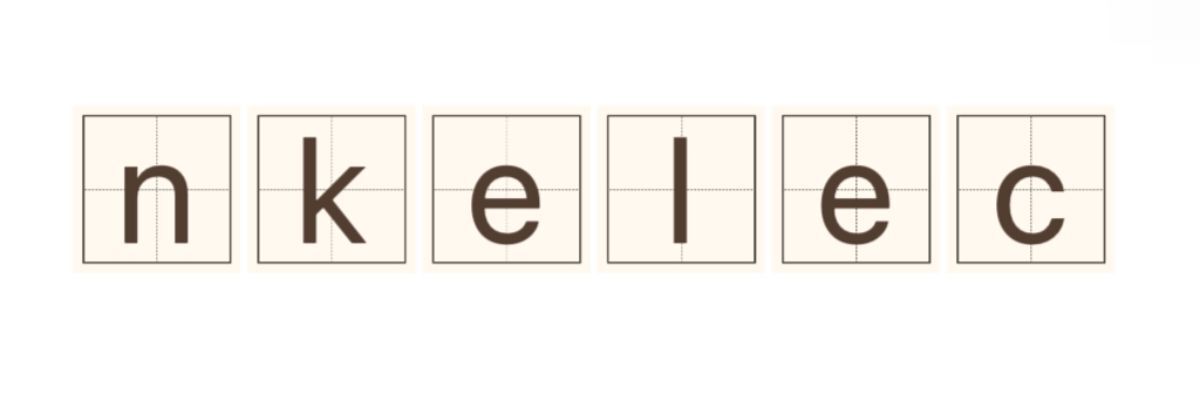What is the frequency of a diesel generator?
Aug. 22, 2024
A diesel generator is a crucial device used for generating electrical power in areas where there is no access to the main electrical grid or during power outages. One of the most important aspects of a diesel generator's operation is its frequency, which refers to the number of cycles the electricity completes per second, measured in Hertz (Hz). In the case of diesel generators, the standard frequencies are either 50 Hz or 60 Hz, depending on the region and the local power grid standard.
Understanding Electrical Frequency
Electrical frequency is a measure of how often the current changes direction per second. In the case of alternating current (AC), the flow of electricity switches back and forth many times each second. The frequency of these changes is critical for ensuring that electrical appliances and systems function properly. If the frequency is too high or too low, it can damage sensitive electronics, lead to equipment malfunctions, or reduce the efficiency of the power being supplied.
Most countries have standardized their electrical grids to operate at a specific frequency, either 50 Hz or 60 Hz. The choice between these two frequencies is a historical one, based on the early development of electrical systems and the availability of certain technologies at the time. Today, the power grid frequency is standardized to ensure compatibility with electrical devices and systems used in that country.
50 Hz vs. 60 Hz: Regional Differences
Diesel generators are designed to match the frequency of the local power grid, which is why they come in two main configurations: 50 Hz and 60 Hz.
- 50 Hz Diesel Generators: The 50 Hz frequency is standard in many parts of the world, including most of Europe, Asia, Africa, and Australia. In these regions, the local electrical grid operates at 50 Hz, so any generator used in these areas must also generate electricity at 50 Hz. The rotation speed of the generator’s engine plays a key role in determining this frequency. For example, in a 4-pole generator, the engine typically runs at 1500 RPM (revolutions per minute) to produce 50 Hz electricity.

- 60 Hz Diesel Generators: In contrast, countries like the United States, Canada, Mexico, and parts of South America use a 60 Hz electrical standard. In these areas, the diesel generators must be designed to produce electricity at 60 Hz. For a 4-pole generator, this means the engine needs to run at 1800 RPM to generate the required frequency.
The difference in frequency doesn’t just affect the generator’s internal design; it also has practical implications for its use. For example, electrical devices manufactured for use in 50 Hz regions may not operate correctly, or could even be damaged, if powered by a 60 Hz generator and vice versa.
How Diesel Generators Produce Frequency
Related links:What is the Use of Rotary Damper?
Are Wireless Access Points Safe?
Water-cooled Chillers vs Air Cooled Chillers: Which One to Choose?
What are the Benefits of Corrugated Lead Alloy Anodes?
What Makes OHIO Diamond Stylus a Top Choice?
Maximize Efficiency with Diamond Grinding Wheel Dressers
Understanding the PTC Heater Element: A Comprehensive Guide
The frequency of the electricity produced by a diesel generator is directly tied to the rotational speed of its engine and the number of poles in the alternator (the part of the generator that converts mechanical energy into electrical energy). Diesel generators typically have a 2-pole or 4-pole alternator design, and the engine must rotate at a certain speed to achieve the desired frequency.
In the case of a 4-pole generator, the engine runs at 1500 RPM for a 50 Hz generator or 1800 RPM for a 60 Hz generator. Similarly, in a 2-pole generator, the engine would need to run at 3000 RPM for 50 Hz or 3600 RPM for 60 Hz. These speeds are crucial to ensure that the generator produces electricity that matches the local grid frequency.
Choosing the Right Diesel Generator for Frequency
When selecting a diesel generator, it’s important to ensure that the frequency matches the requirements of the local grid or the specific application. For example, if you’re using the generator to power devices or appliances that are designed to work with a 50 Hz power supply, you must use a 50 Hz generator. Similarly, using a 60 Hz generator in a 60 Hz region will ensure that your devices work optimally without risking damage.
In many cases, diesel generator manufacturers offer models that can be configured for either frequency. However, it’s important to consult with a professional or the manufacturer to ensure you select the right generator for your needs.
Frequency and Power Output
Another important consideration when it comes to diesel generators and frequency is how the frequency affects the power output of the generator. Generally, 60 Hz generators tend to be slightly more efficient in terms of power output than 50 Hz models. This is because the higher frequency allows for faster electrical cycles, which can increase efficiency. However, this difference is often minimal, and the key factor should always be compatibility with the local electrical system.
Conclusion
In summary, the frequency of a diesel generator, either 50 Hz or 60 Hz, is a crucial factor to consider when selecting a generator. The frequency is determined by the rotational speed of the engine and the number of poles in the alternator. Matching the generator’s frequency to the local grid or specific equipment is essential to ensure safe and efficient operation. Understanding these factors can help you choose the right diesel generator for your specific needs, ensuring reliable power generation in any situation.
How Triple Light Switches Transform Home Ambiance?
Are Your Diamond Tools Compromising Quality and Safety Standards?
136
0
0

Comments
All Comments (0)